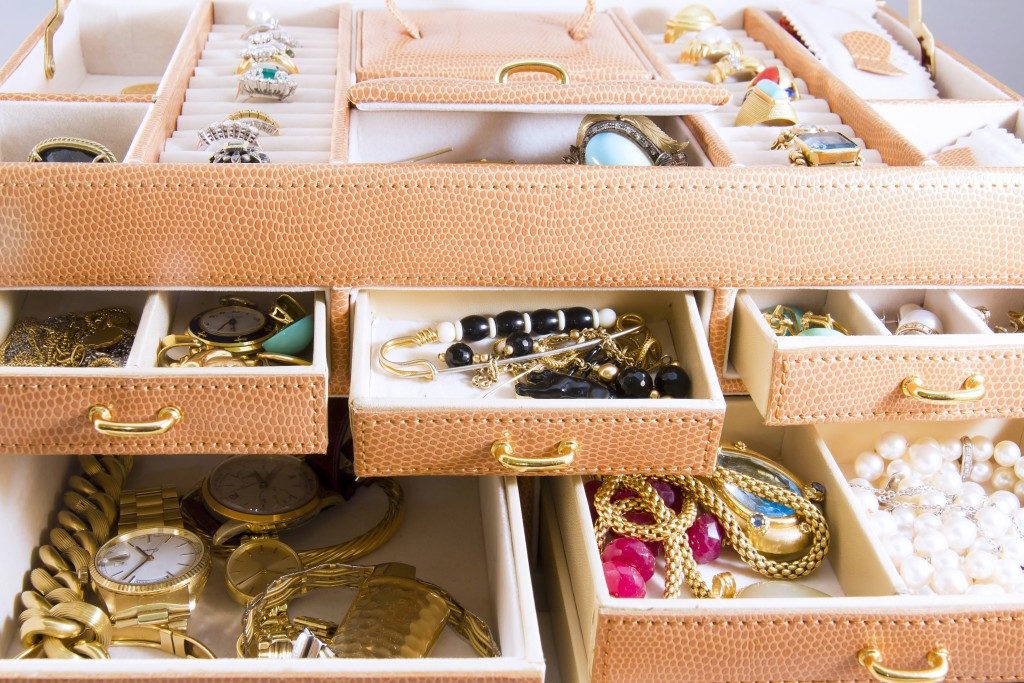Many parents today like to give fine jewelry to their young children — even babies. Some consider the act excessive, but parents who do think it is meaningful.
The giving of jewelry implies that the recipient is someone the giver regards highly. The Human Rights Watch (HRW) acknowledges that jewelry denotes not only wealth and status, but also beauty, artistry, and affection. These are qualities that young children often remind their parents of and inspire in other people, prompting the adults to express their fondness by giving precious gifts to their little ones.
A Tradition of Civilizations
History records show that jewelry and the symbolism behind it already existed as early as the Paleolithic period. Humans were starting to develop rituals and practices, even engaged in religious behavior. As the concept of society started to take root, humans began to produce creative works like cave paintings, rock art, and jewelry made from animal bones and teeth, feathers, shells, and pebbles.
Thousands of years later, jewelry became integral to many traditions, including births.
- Spain – Elders and parents give jewelry to an expectant couple with wishes for the child’s well being. They also give medallions, crosses, and rosaries as baptism gifts.
- Hawaii – Family and community members pin red balls and rosaries to a mother’s clothes: a tradition believed to promote good health and prevent malformation in the unborn child.
- Latin America and parts of Asia – It is customary for baby girls to get pierced ears and receive gold stud earrings weeks after they are born. The practice denotes beauty in the infant. On a more practical sense, earrings are an indication of a baby’s gender.
Statement of Wealth and Status
In Ancient times, the Sumerians and Egyptians took to adorning their leaders and members of the royalty with jewels made from gold, silver, and semi-precious stones. During the Middle Ages, the Byzantines produced earrings decorated with jewels and designs that suited the wearer’s rank.
Today, people are free to buy and wear jewelry regardless of their social status or net worth. Still, affluent families distinguish themselves by acquiring rare and expensive pieces made with rare gems and intricate settings.
It’s not unusual for parents with means to indulge when they buy jewelry for their children, but in the interest of practicality and safety, many choose jewelry that:
- Reflect their children’s personality.
- Don’t get in the way of their children’s playing.
- Have an understated appearance that evades thieves’ eyes.
- Are made with hypoallergenic and non-toxic materials.
Most jewelry, however, isn’t designed for young children, in which case parents can commission a jeweler to help design and create jewelry for their little ones. In Utah, jewelers from Salt Lake City can do the job.
Attachment of Sentimental Worth

More than adherence to tradition or the flaunting of wealth, parents give jewelry as a sign of their affection. Children may not completely understand the monetary value attached to jewelry, but they know that as gift items, they are special. The mere fact that a necklace, bracelet, or ring is from their parents makes a piece even more valuable.
Objects gain sentimental value not because they’re expensive but because their owners associate them with important people, events, and experiences. In the case of children receiving jewelry, the gesture could be one of the highlights of their childhood, something they’ll remember fondly as adults. Jewelry will have more meaning to them, not just an indulgence in vanity or wealth.

